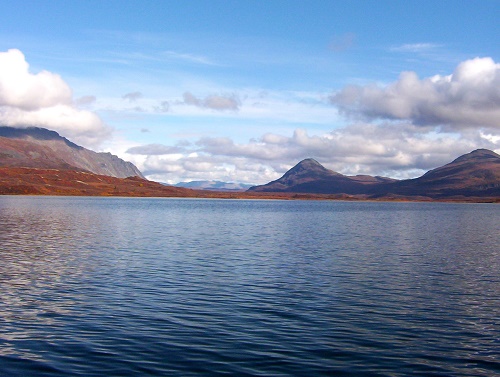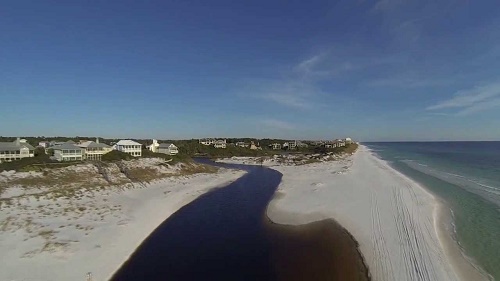Lakes

Lakes are expanses of water, generally calm, which fill up hollows of the Earth. Their appearance depends on the different ways in which they began. The water of a lake can be fed by underground streams or from a river which enters into the lake as intake and cannot escape as outtake.
For instance, lakes can fill the craters of extinct volcanoes.
Form of Lakes
The form of a lake depends on its origin.
Volcanic lakes are small and have the circular shape of craters.

Glacial lakes which are formed in high regions are have circular shape.
Those which have a thin, long shape are found in valleys.

Coastal lakes are parallel to the coast and are formed when the sand holds back the water of a river as it flows towards the sea.


